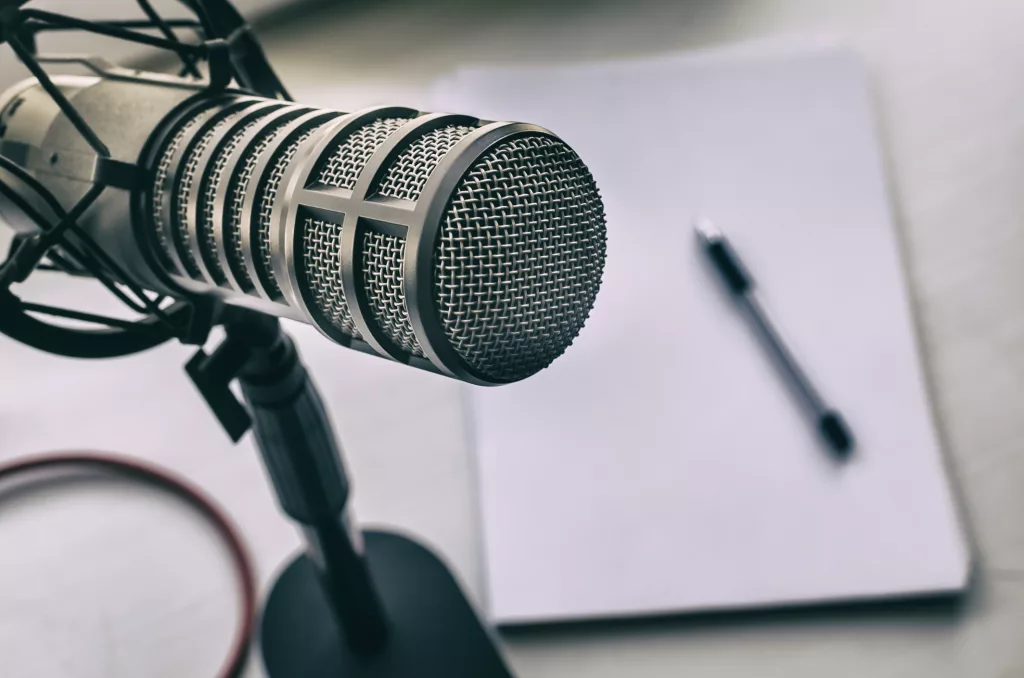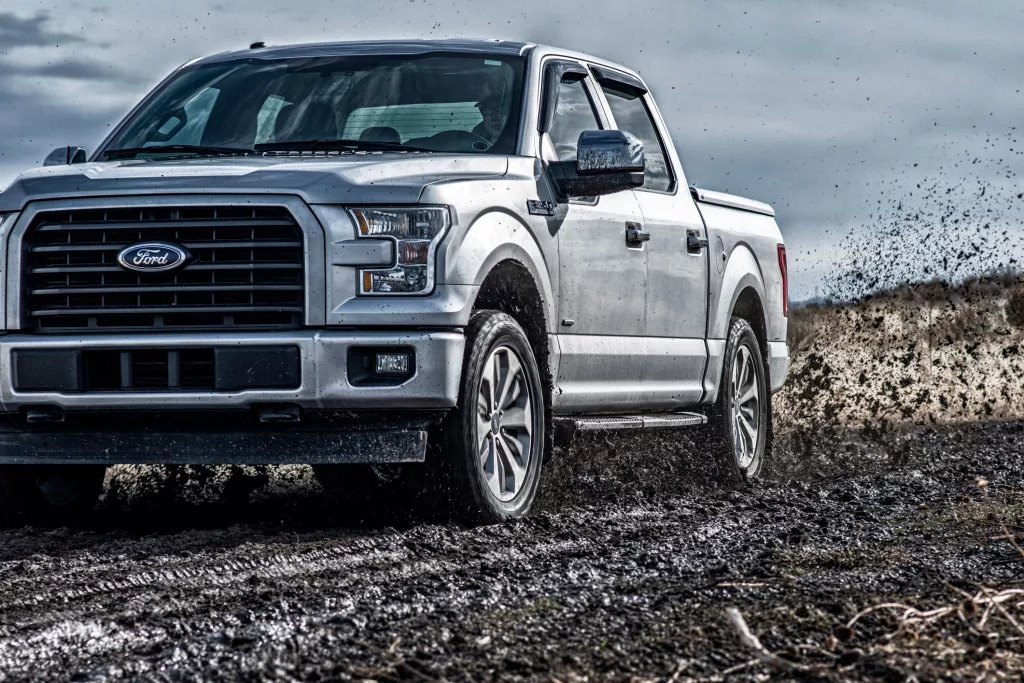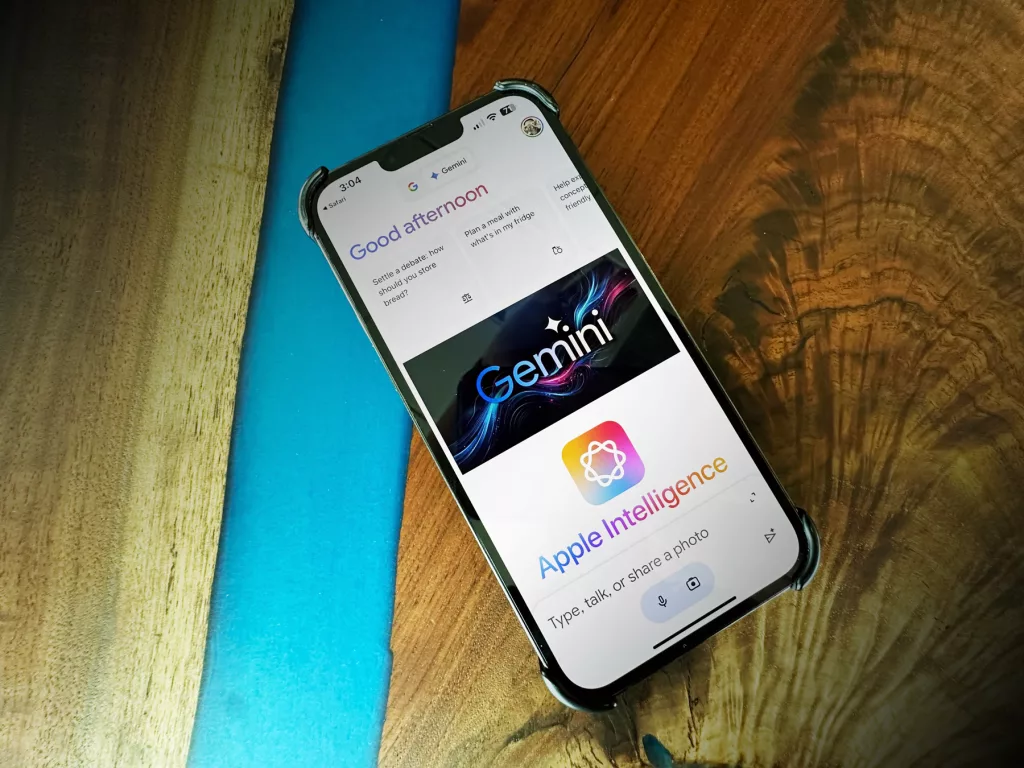Thinking about starting a podcast for your B2B brand? We love it. Podcasting has become a huge medium for brands looking to expand their audiences, increase their thought leadership, and showcase their products and services. Last year, 42% of Americans over the age of 12 listened to at least one podcast every month, and there are 464.7 million podcast listeners globally. That number is expected to zip past 500 million by the end of 2024. Not too shabby.
But how do you actually get started producing a podcast? What equipment will you need and who should be involved? How often should you record? How do you publish it to Apple, Spotify, Soundcloud, etc?
We’ve been at it for a few years now, and have lessons learned we’d like to share.
Step 1: Your Topic and Format
The old adage “talk about what you know” couldn’t be more accurate than it is here. Your podcast should be about your brand, service or product and the industries you operate in. The tone you take will depend on a few factors like brand voice and hosts, but we recommend a lighter touch.
Just because you’re in a B2B industry doesn’t mean your content (including your podcast) has to be dull.
Our focus for Little Talks has always been B2B manufacturing and marketing, but we don’t limit it to just those topics. We make sure to include enough human elements and stories that hopefully our audience gets to know us a people too. People relate to people, not robots, so don’t shy away from sharing things your brand is doing that excites you outside of your “new product or service”. In fact, if you are going to talk about a new product, grab someone from the team that created or worked on it and get their insights and stories on bringing it to market.
Just like written content, the key to a thriving podcast lies in offering value and establishing a connection with your audience, rather than focusing solely on self-promotion. Instead of pushing products or services, share insights, advice, industry trends, or engaging discussions that create a real bond with your target audience. Know what their issues and problems are and aim to answer those with some discussion.
We find that a simple list of bullet point items is enough of a script to keep us on track each week. Anything more detailed will have you reading to your audience and keep you from being natural and more conversational. We generally make our “script” about a day or two before we record.
Length? That’s up to you, but we have found 20 minutes to be a sweet spot. Anything over an hour it probably too much, anything under 5 minutes is definitely not enough.
How often do you record a new episode? We kick out a new Little Talks episode every Wednesday, but at least two a month would be our recommendation. It takes dedication to prioritize more frequent recording (Sam is the driving force for Little Talks weekly consistency), and it’ll be REALLY easy to get busy and reschedule. Don’t. Stick with your dedicated weekly or bi-monthly sessions, no matter what. Eventually, you’ll get into a groove and feel weird when you do miss one.
As for your format, obviously you need an audio recording to even qualify as a podcast. But a large chunk of podcasts these days are viewed on channels like YouTube or Spotify Podcasts, and it’s hard to argue with the reach and exposure you’ll get being on the world’s second largest search engine (YouTube). If possible, video your podcast. Around a third of all podcasts are viewed versus just listened to. You can pull the audio from the video file (see Step 3) you create killing two birds with one stone.
Step 2: Your Hosts
Personality matters here, as does chemistry if you’re going to feature more than one host on your podcast. We’ve gone through iterations of our podcast that had up to five people on it, and that was just too many. The last few years Little Talks has featured two hosts, which for us better allows for some interaction and questioning that helps move the podcast along.
For your podcast, make sure your host (or hosts) can do two basic things: improvise and speak confidentially about your products and services. For Little Talks, we record “live” with little to no editing (see Step 3 below), which means when the conversation goes sideways one of us has to steer it back on topic and keep it moving. Our producer, Brandon, plays this role off-camera a lot of the time too by tossing up a hand signal to re-focus.
And don’t limit your voices to just hosts. Bring on guests (from both within and external to your company) as often as you can. It’ll expand your audience, and keep your podcast interesting.
Step 3: Your Producer and His Equipment
This one can get crazy fast (think thousands of dollars), but plan on needing around $200 worth of basic equipment to get started, depending on number of mics you’ll need. We had our producer, Brandon, list out the setup we’re recording with currently below. It changes all the time as we find better ways to record or increase the quality. After three years though, we’re pretty locked into what you’ll see below.
Even with the right equipment though, you’ll probably need someone (a producer) to run all of it. This person just needs to be familiar enough with it to record your hosts and not mess up the audio quality, and then take the files generated and kick them out as .m4p (video) and .mp3 (audio) files. Most video apps these days have an “Export Audio Only” option, so that part’s pretty easy.
If you really want to do your producer a favor, record it live and keep the mistakes in the final product. Ideally, you avoid mistakes, but the fewer “can we cut that?” moments you have on the mic, the easier and faster it will make it for the person putting it all together.
Depending on your setup and the quality of your equipment, your producer might need to tweak the files some to remove hissing, background noise, etc. or edit any hiccups that happen while recording. The application they use doesn’t really matter as long as they’re comfortable with it and it produces good sounding results.
Step 4: Getting It Out There
For Little Talks, we originally used a WordPress plug-in on our WordPress website called “Seriously Simple Podcasting” (on the nose, huh?). It integrated great with our website and gave us a single place to upload our files that pushed new episodes out to various platforms like Apple, Spotify, Soundcloud, etc. There are also dozens of third party services you can use for the same purpose. We can’t recommend using one of these enough, because manually updating across dozens of platforms is for the birds. In fact, at the start of the year we moved from Seriously Simple Podcasting to a platform called BuzzSprout. Even simpler than Seriously Simple!
For your video version, you’ll likely still need to manually upload your file directly to YouTube and Soundcloud.
And after your new podcast episode is live, then the real work begins—promoting it. Share across your brand’s social channels, add a link to it in your email signature, tag guests, etc. It takes time to really grow your audience, and there will definitely be moments when you want to give up because you don’t think anyone is listening. STICK WITH IT. In our case it was a solid two years before we found our groove and established a good-sized listener base. Along the way, we were learning through trial and error.
Bonus: Six Things We Learned The Hard Way
- Record your podcast live and keep the editing simple for your producer.
- Pre-record your intro and outro so you don’t have to waste time doing it live every time.
- Mix up your location if possible. Keep the visual version interesting.
- Focus in on a single topic each episode. It’ll make your episodes better and help spread out your scripts over a longer time. One podcast with four topics or four podcasts with a single topic? No-brainer.
- Create a dedicated place on your website to feature your podcast episodes. It’ll help your SEO, and you’ll need this to share links on platforms like Facebook and LinkedIn.
- Do not have one of your hosts double as the producer. It’s just too much to do at once for one person (ask Roop) and the quality of the audio/video and content will suffer.
Brandon’s Equipment List
Here’s what we use currently to produce Little Talks every week. This includes audio and video equipment. Most of these items can be found on Amazon.
- Rode RODECaster Pro II Integrated Audio Production Studio Console
- Electro-Voice RE320 Variable-D Dynamic Vocal and Instrument Microphone
- Furman Sound Merit Series M-8X2 Power Conditioner with Surge Protection
- Pro Co Sound Ameriquad 20′ XLR (M) to XLR (F) Lo-Z Microphone Cable
- Mondo – Wireless Over Ears Headphones
- Sony FX6 Full-Frame Cinema Camera
- Canon EOS RP Mirrorless Full Frame Digital Camera Body
- Canon RF 15-35mm f2.8 L IS USM Lens
- Litepanels Astra 6X Traveler Bi-Color Kit
If you’re looking for an all-in-one audio only package to get started, we’d start here.
Creating and producing a good podcast takes time and a lot of trial and error. Embrace that trial and error, and above all stick to a routine. In our experience, being open to trying new things and finding a routine makes all the difference between creating something that works and something that dies. Let your podcast live! You got this.




